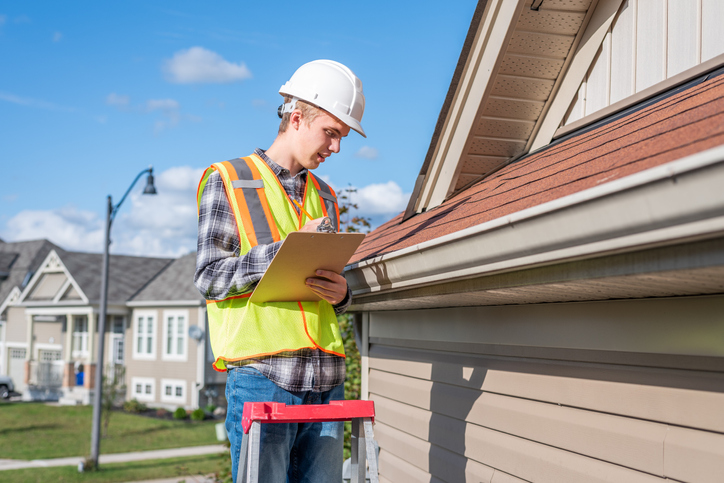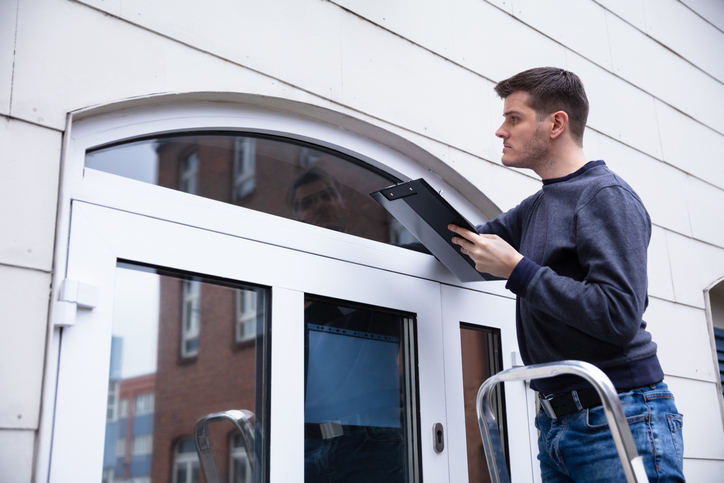
The exterior of a house can tell you a lot about what to expect from the house itself. If you’re considering a career as a home inspector, it will be your job to assess the condition of the exterior to ensure that the home is suitable for buyers to move into. With a trained eye, you’ll be examining the exterior components for any potential problems or deficiencies–relating your findings to the buyers.
When inspecting a home’s exterior, there are a few potential problems to look out for. Whether it’s a crack in the foundation or a few misplaced shingles on the roof, these seemingly small defects can create bigger issues for buyers down the road.
Read on to discover four exterior home inspection tips that will help you to determine whether a house is acceptable for future buyers.
1. During Your Home Inspector Career, Pay Attention to How Water Is Managed
If water isn’t being routed properly throughout a home’s exterior, this can create big problems in the future. When water is in places where it shouldn’t be, it can cause mold, rotting wood, foundation damage, and other issues. To ensure that a home isn’t vulnerable to water damage, it’s important to carefully inspect the gutters and downspouts of a home during your home inspector career. The gutters should be clear instead of clogged, and the downspouts should be routing water into the storm system plumbing instead of near the foundation of a home. Additionally, check the gutter and downspout mountings to make sure that they’re secure.

2. Always Carefully Examine the Roof
The roof of a home is essential in maintaining the condition of the interior. Roof problems are important to address before buyers move into a home, as they can be expensive to repair. As a home inspector, you’ll want to know how old the roof is, which can give you some context when it comes to the inspection process. To determine whether a roof is in good shape, make sure to climb up to the roof for closer examination. Check to see that the shingles are not loose, misaligned, or missing. Additionally, check all seals to ensure that water cannot leak into the interior. If the roof is in bad shape, this could be a potential problem for buyers.
3. Look Out for Rotting Wood and Other Siding and Trim Issues
The siding of a home can tell you a lot about how the home’s owners have maintained their property over the years. If you have home inspector training, you can examine the siding and trim of a home for signs of wear and tear in a few ways. First, examine the exterior paint for areas of damage. Spotty or missing paint can indicate the condition of the wood beneath it, which could be rotting. Additionally, search the siding and trim for signs of insect or rodent damage. If the siding or trim contains holes or cracks, this could be a sign that it needs replacing.

4. Is the Foundation Cracking? Don’t Forget to Inspect It
The foundation is one of the most important components of a home, as it’s responsible for maintaining the structural integrity of the building itself. As a home inspector, one of the biggest mistakes you can make is forgetting to examine the foundation for signs of stress or cracks. Foundation problems can also manifest in the form of slanted floors or misaligned window and door frames. Check the foundation to ensure that it’s completely stable, as an unstable foundation could result in safety issues for the home’s buyers.
When inspecting a home’s exterior, keeping these tips in mind will help you to make a sound assessment about the condition of a home. Don’t forget to use them throughout your home inspector career!
Ready to become a home inspector?
Get the training you need to launch your career with a program at NATS!





